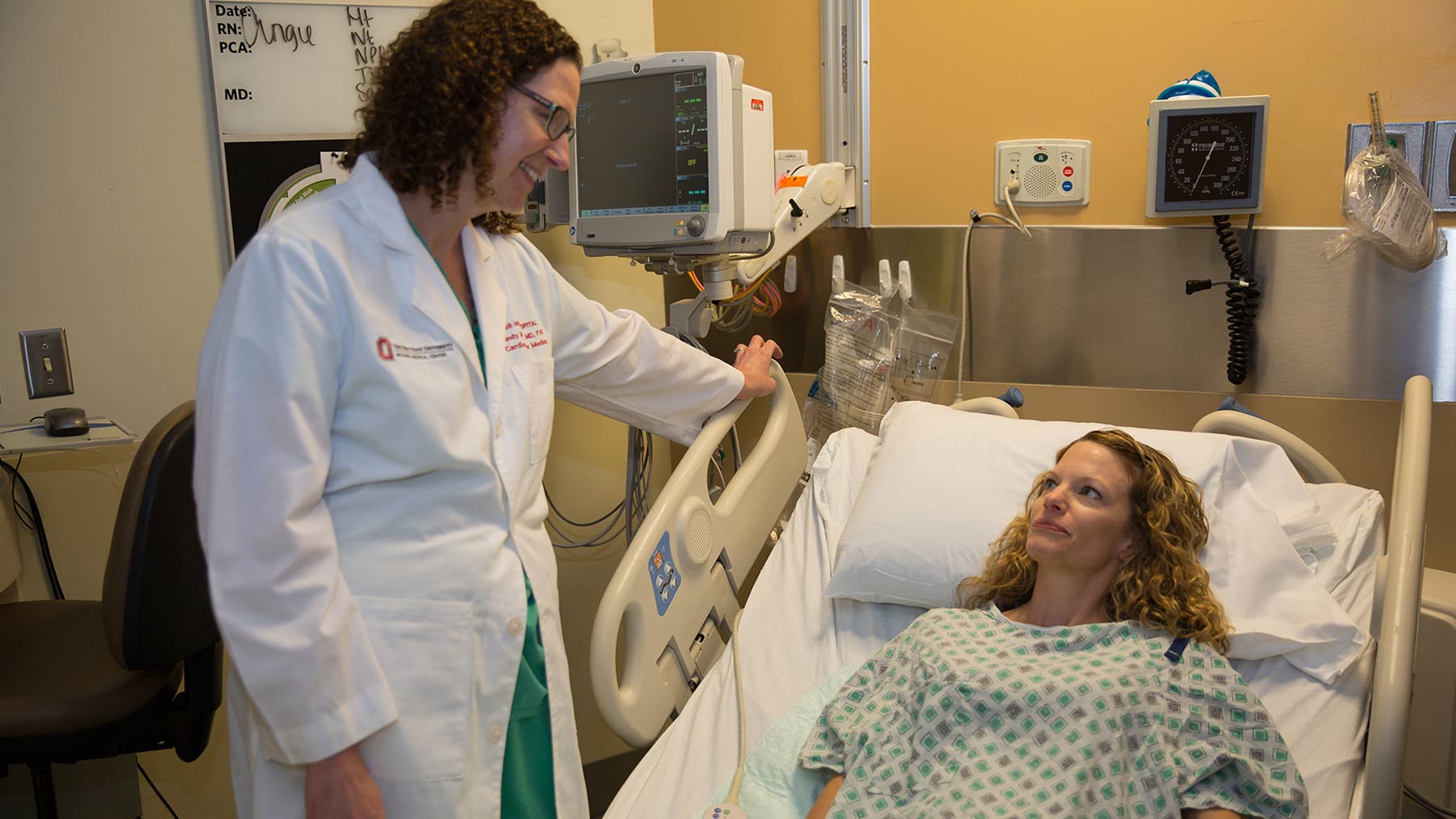Heart attacks that strike young women

If you’re a woman under the age of 50, you should be aware of SCAD (Spontaneous Coronary Artery Dissection). While it causes only a small percentage of heart attacks overall, SCAD is responsible for 35 percent of heart attacks in women of this age group, and more than 90 percent of SCAD patients are female.
SCAD is caused by a tear in the inner lining of an artery to the heart, which leads to blood filling in behind the tear that creates severe narrowing or complete obstruction of the vessel. This lack of blood flow causes the heart attack.
What’s different about SCAD is that patients who present with it don’t have the typical risk factors for atherosclerosis (plaque buildup in the arteries) such as diabetes, smoking, high cholesterol and high blood pressure.
Why does SCAD occur mostly in women?
There’s a higher prevalence of SCAD in young women and a segment of this population are pregnant or postpartum. The theory is that the increased surge of hormones (estrogen and progesterone) in these patients can weaken the arterial wall leading to dissection. There’s also an association of female patients with SCAD who take hormone replacement.
Other associated factors include fibromuscular dysplasia (FMD), connective tissue disorders and systemic inflammatory conditions.
Warning Signs
Warning signs are typically chest pain or pressure. Less common symptoms would be shortness of breath, indigestion, nausea, severe dizziness and sweating. If you experience any of these symptoms, get to the emergency room immediately or call 911.
Diagnosis
Diagnosis can be difficult. Large dissections are typically seen during a heart catheterization. Small dissections are sometimes missed. Intracoronary imaging with intravascular ultrasound (IVUS) or optical coherence tomography (OCT) does help the cardiologist view the wall of the artery from inside. This allows for a cross-sectional image of the vessel that helps to show the dissection or tear in the inner lining.
Treatment and Prevention
Treatment for SCAD differs from other heart attack patients, and typically consists of conservative therapy with medications. Rarely are stents or bypass surgery required. It’s been observed that many of these dissections will spontaneously heal. Unfortunately, since traditional risk factors don’t increase the risk of SCAD, we can’t prevent it.
One important point is that even though SCAD is more common in younger women, the majority who present with a heart attack have garden variety atherosclerosis which causes their event. We know that modifying risk factors (i.e. smoking cessation, low cholesterol diet, exercise and maintaining a healthy weight) all decrease risks for atherosclerosis.
Cindy Baker, MD, is an interventional cardiologist at The Ohio State University Wexner Medical Center.

